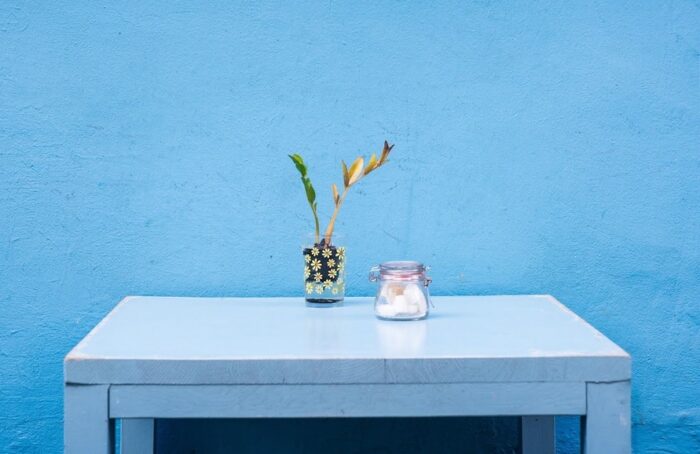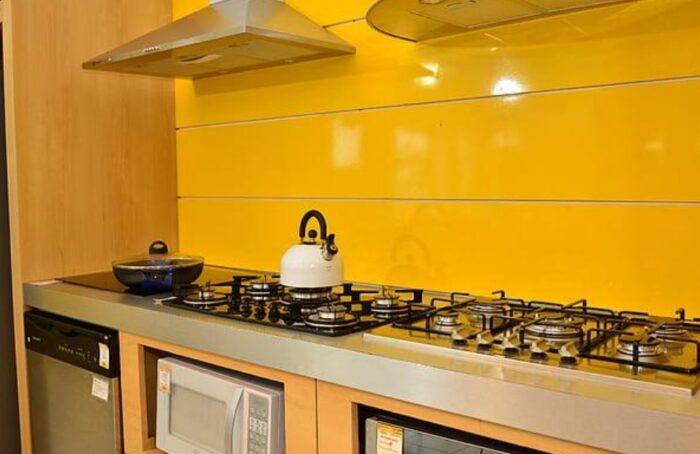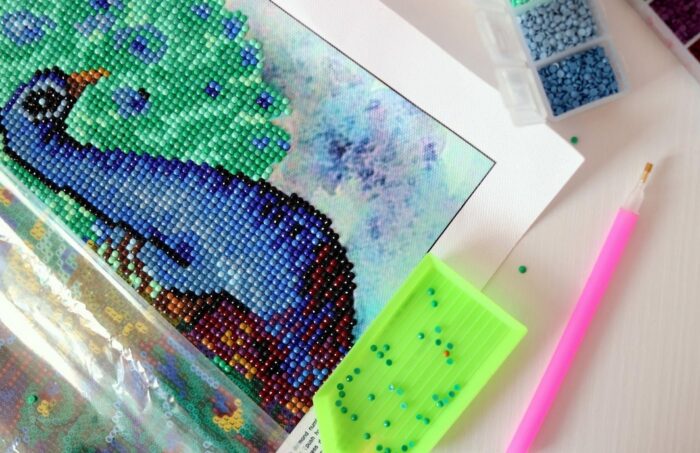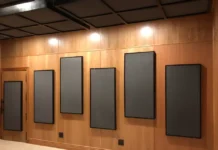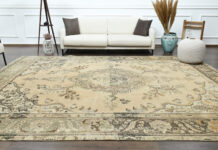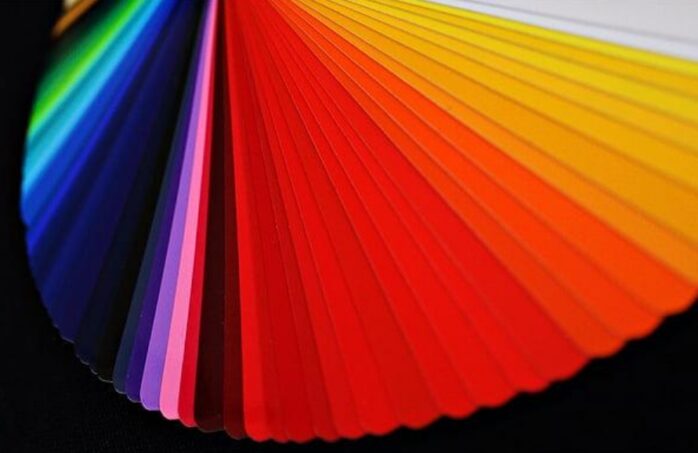
In a world full of vibrant shades, have you ever stopped to wonder how the colors surrounding you influence your daily decisions,emotions and actions? Colors are more than just photons entering your eyes ; They are potent triggers for our moods, evoking emotions, and shaping our experiences. From the warm embrace of a soothing blue to the blazing passion of red, and the serene tranquility of green, this article is your guide to the captivating realm of color psychology. Join us on a journey to uncover the fascinating ways in which colors impact your everyday life, as we unveil the secrets behind the shades that shape your world.
What Is Color Psychology ?
Color psychology is a branch exclusively concerned with the visceral influence of colors on human emotions and behaviors. It explores the way in which various colors,shades, and tones impact different regions in the brain such as; hypothalamus, prefrontal cortex, and the limbic system, evoking unique and subjective associations that have a substantial impact on our moods and decision-making processes. This field emphasizes that individual preferences and cultural backgrounds can shape our psychological responses to colors
Color psychology in marketing
Businesses leverage color psychology in their marketing and advertising strategies for a multitude of compelling reasons
1.Brand Identity: Color palettes are carefully selected to align with a company’s brand personality. Choosing the right colors is vital for effectively conveying the unique perspective and essence of a particular brand.
2.Customer Targeting: Marketers conduct extensive research into how different colors are perceived by customers. Such knowledge allows businesses to make specific color choices that would align with the color preferences of their target segment.
3.Conversion Rates: Conversion rates are pivotal in marketing, indicating the percentage of customers who complete specific tasks like clicking a call-to-action (CTA) button or subscribing to an email newsletter. Research has shown that merely changing the color of CTA buttons can substantially boost these conversion rates. This highlights the potent influence of color psychology on marketing effectiveness.
What are the 4 psychological Colors?
BLUE
Blue holds a solid significance across all cultures, symbolizing a range of emotions. In color theory, it represents calmness, trust, serenity, and intellect. The intensity and context can also evoke feelings of “sadness” or “coldness.” In nature, blue often suggests depth and stability, like the endless expanse of the sky or the vastness of the ocean. According to color psychology, blue has a soothing and authoritative influence.
GREEN
Green is universally regarded as a symbol of life and nature, evoking feelings of luck, hope, and contentment. It holds a rejuvenating and harmonizing impact on the mind, believed to bring balance to the body and soul. As the color of nature, green offers a particularly soothing effect on the human eye.
YELLOW
Drawing from Goethe’s color theory, yellow radiates a cheerful and softly exhilarating character. Psychologically, it stirs motivation and fosters interpersonal connections. Its effectiveness in low-light conditions makes it a prevalent choice for warning signals, such as yellow high-visibility vests and taxi markers.
RED
A color that expresses a wide range of emotions. It signifies love, energy, power, and sensuality. On the psychological level, red can be stimulating, kindling a burst of energy and enhancing self-esteem. However, its intensity and context can also suggest aggressiveness. Red is a color that commands attention and can elicit strong emotional responses.
Activities for a good experiment with colors at home:
1. Paint Swatches
Picking up paint swatches from your local hardware store is a smart and simple way to start reimagining your space. These colorful patches allow you to preview how different hues look in your home’s unique lighting before you commit to the brush. It’s a practical approach to ensure the color you choose is a perfect match for your room’s ambiance and your personal style.
2. Lighting
The right lighting can transform your home’s ambiance. Warm lights can add a cozy glow, while cool lights bring a bright clarity. Swapping out bulbs or adding smart lights that change colors can quickly shift the mood of your space, emphasizing colors and influencing the room’s feel with ease.
3. Diamond painting as a family activity
Diamond painting can turn into a cherished family activity, where each person contributes to a collective artwork. It’s a fun way to teach kids about colors and their combinations and focus, while adults find relaxation and joy in the creative process. Together, the family creates not just shiny masterpieces but also lasting memories.
The Psychological Impact of Color in Interior Design
When it comes to interior design, the power of color psychology transcends beyond mere aesthetics. The hues chosen for a room can profoundly influence the emotions and behaviors of its occupants. For instance, incorporating shades of blue in a bedroom can induce a sense of calm and relaxation, making it ideal for restful sleep. On the other hand, vibrant colors like orange or yellow in a study or home office can stimulate creativity and energy, enhancing productivity.
Neutral tones, such as beige or gray, offer a canvas of versatility, allowing for mood shifts through accent pieces and decor. This flexibility is particularly beneficial in spaces that serve multiple purposes. Furthermore, the psychological effects of color can be used to create an illusion of space; light colors make a room feel larger and airier, while dark tones can render a cozy, intimate atmosphere.
Understanding the psychological impact of colors can thus be a powerful tool in interior design, enabling the creation of spaces that not only look beautiful but also cater to the emotional and functional needs of the inhabitants.

